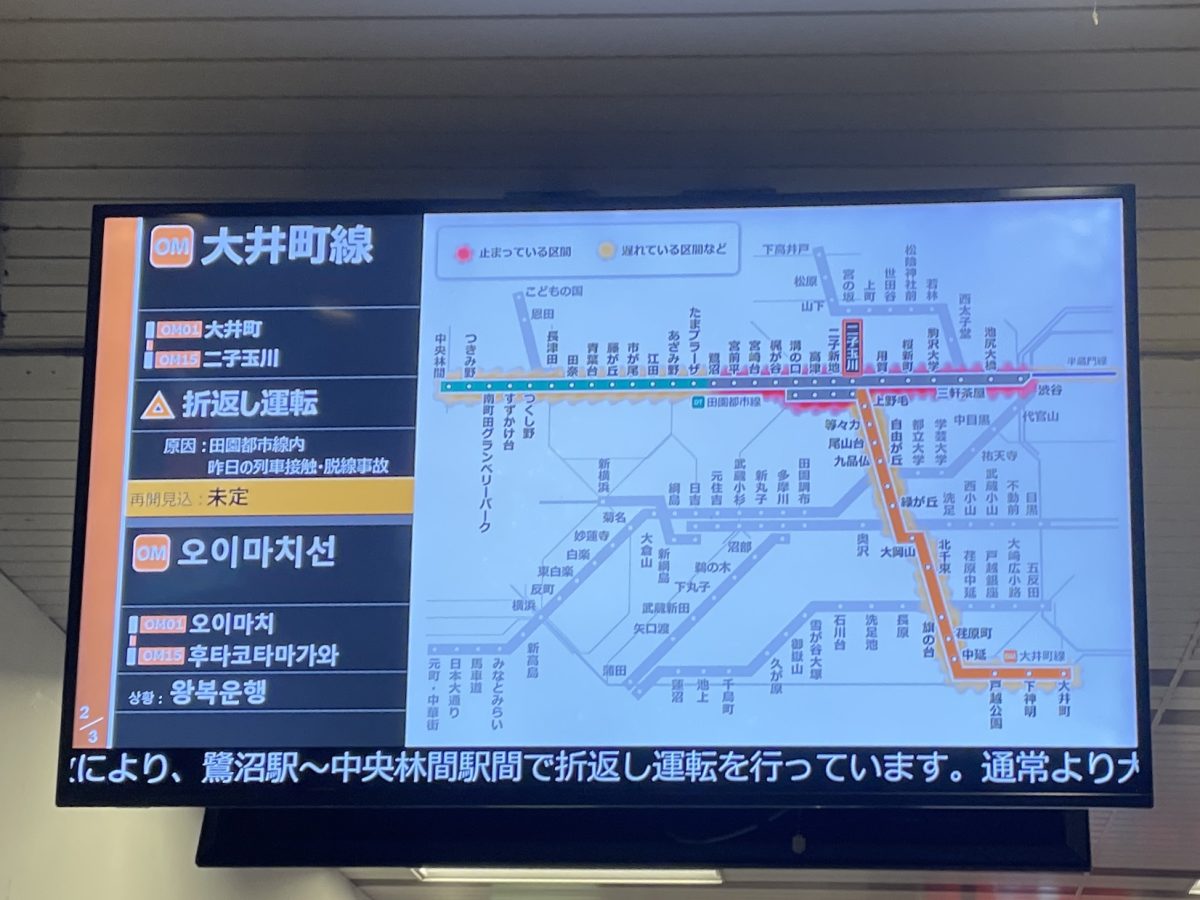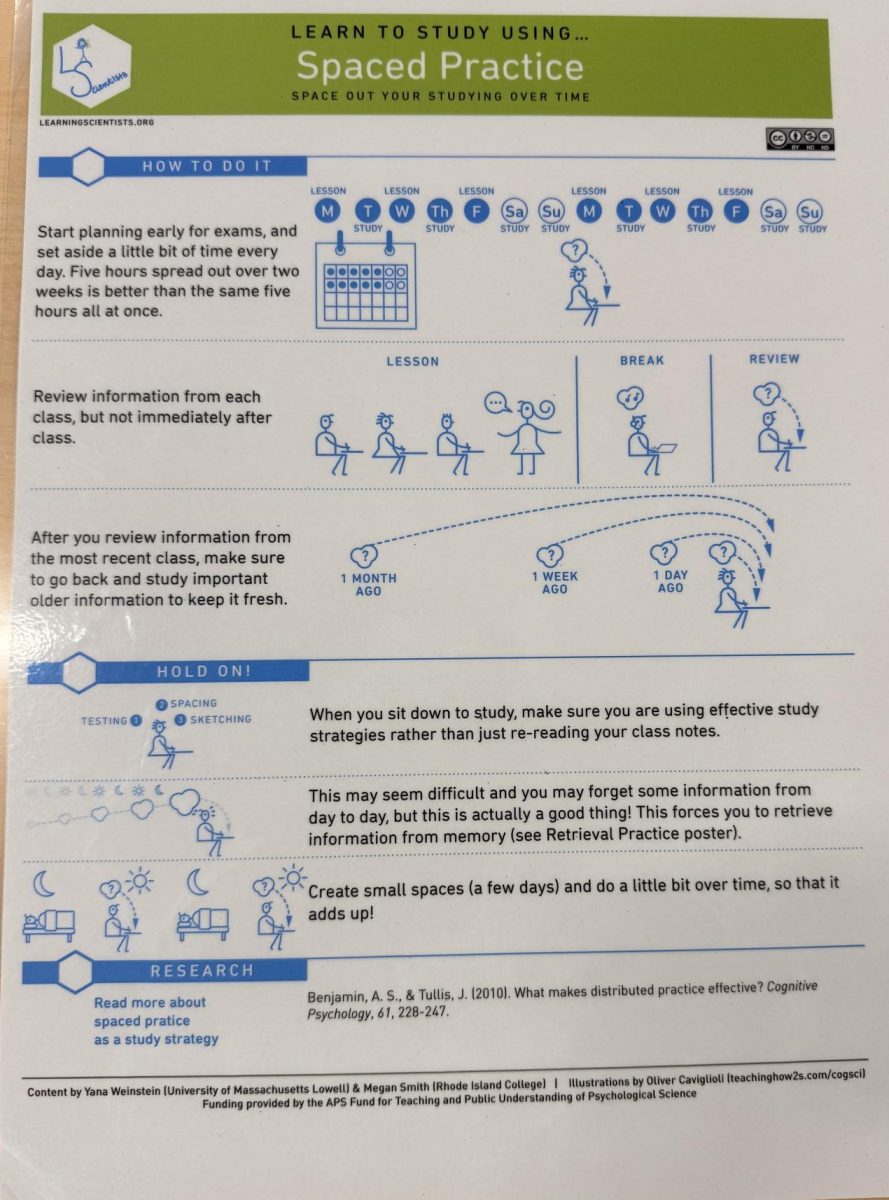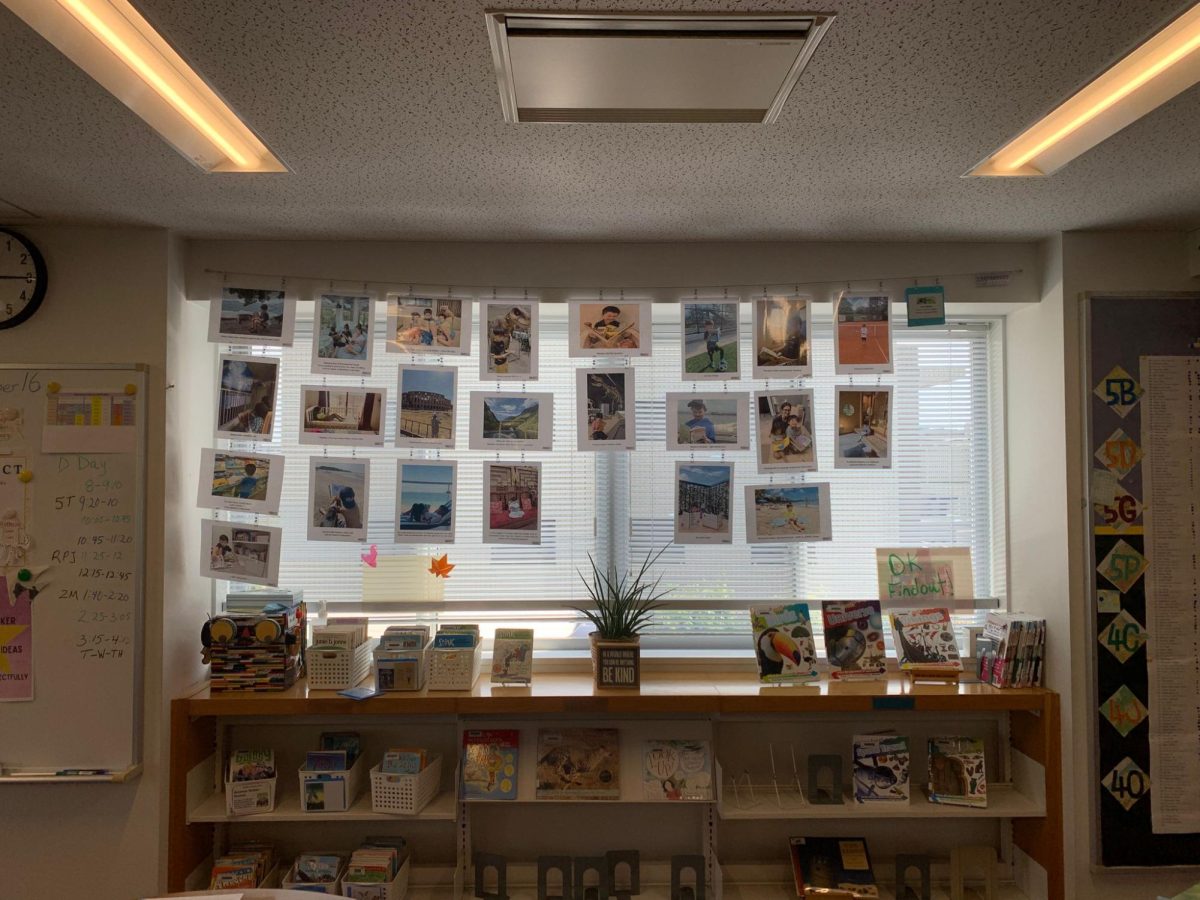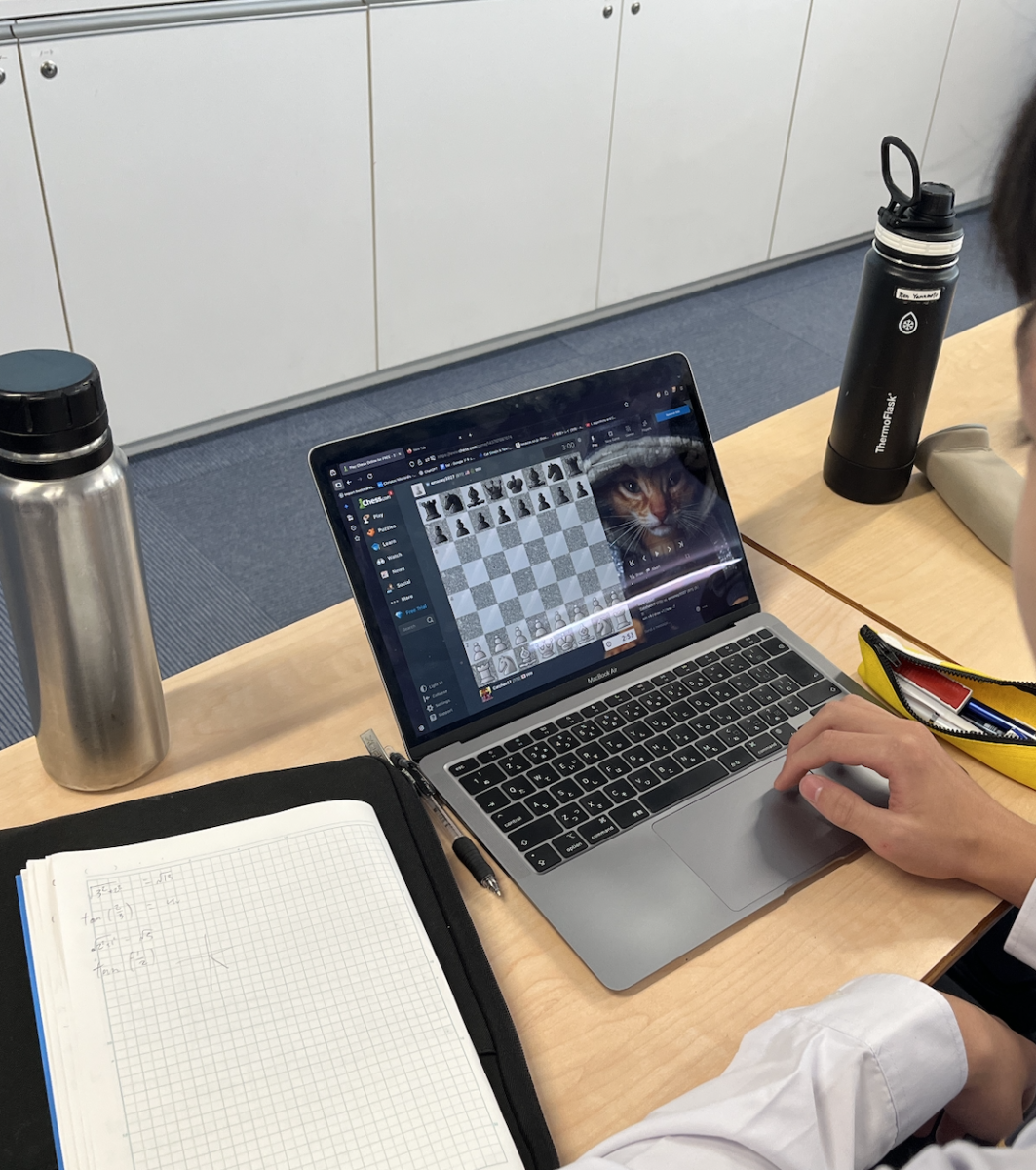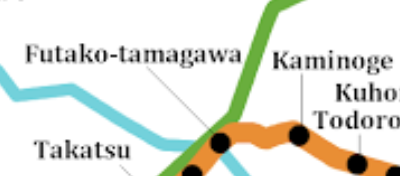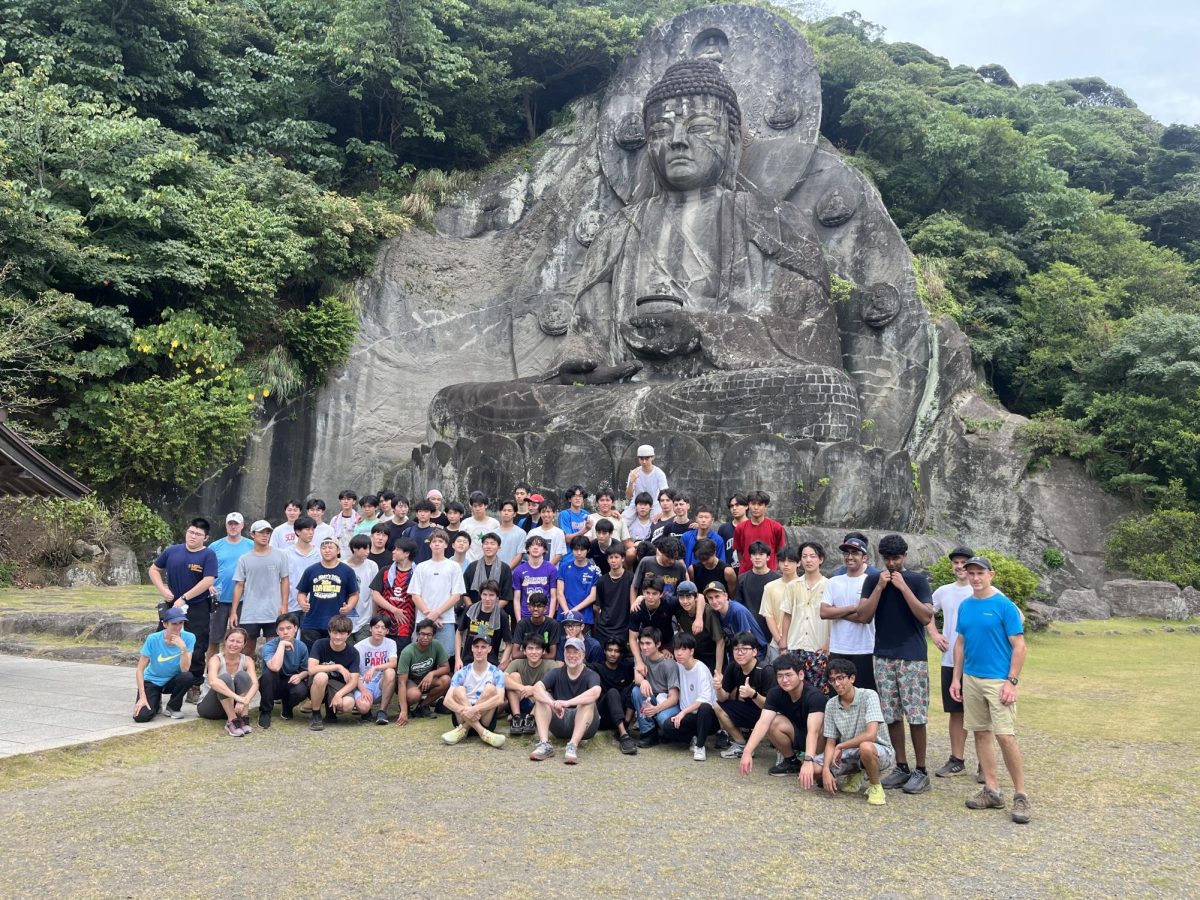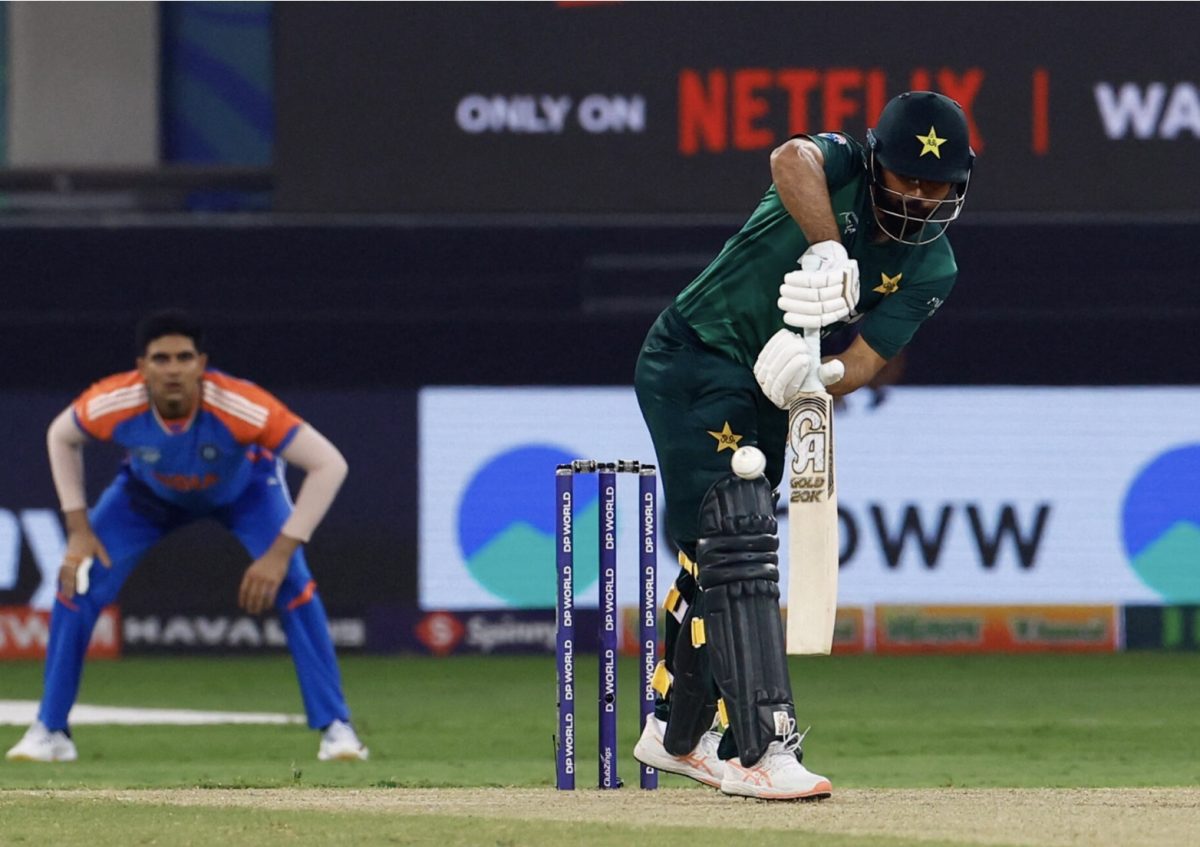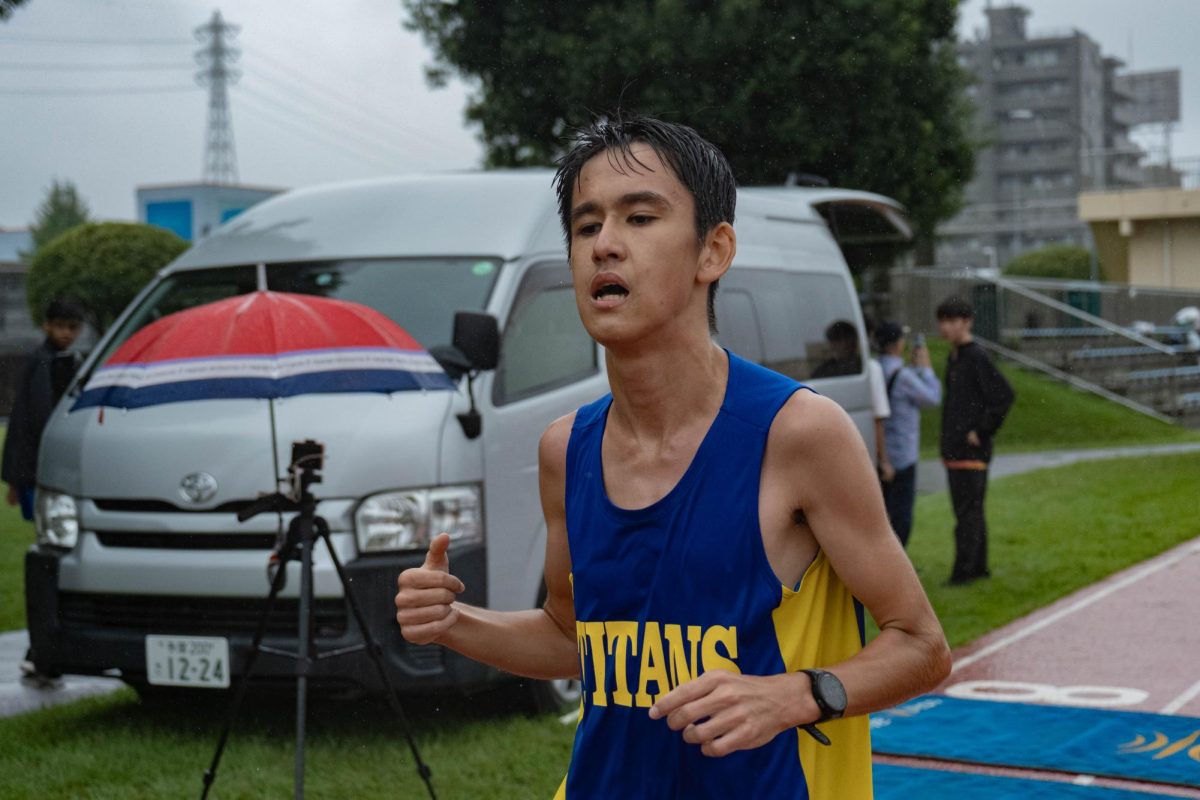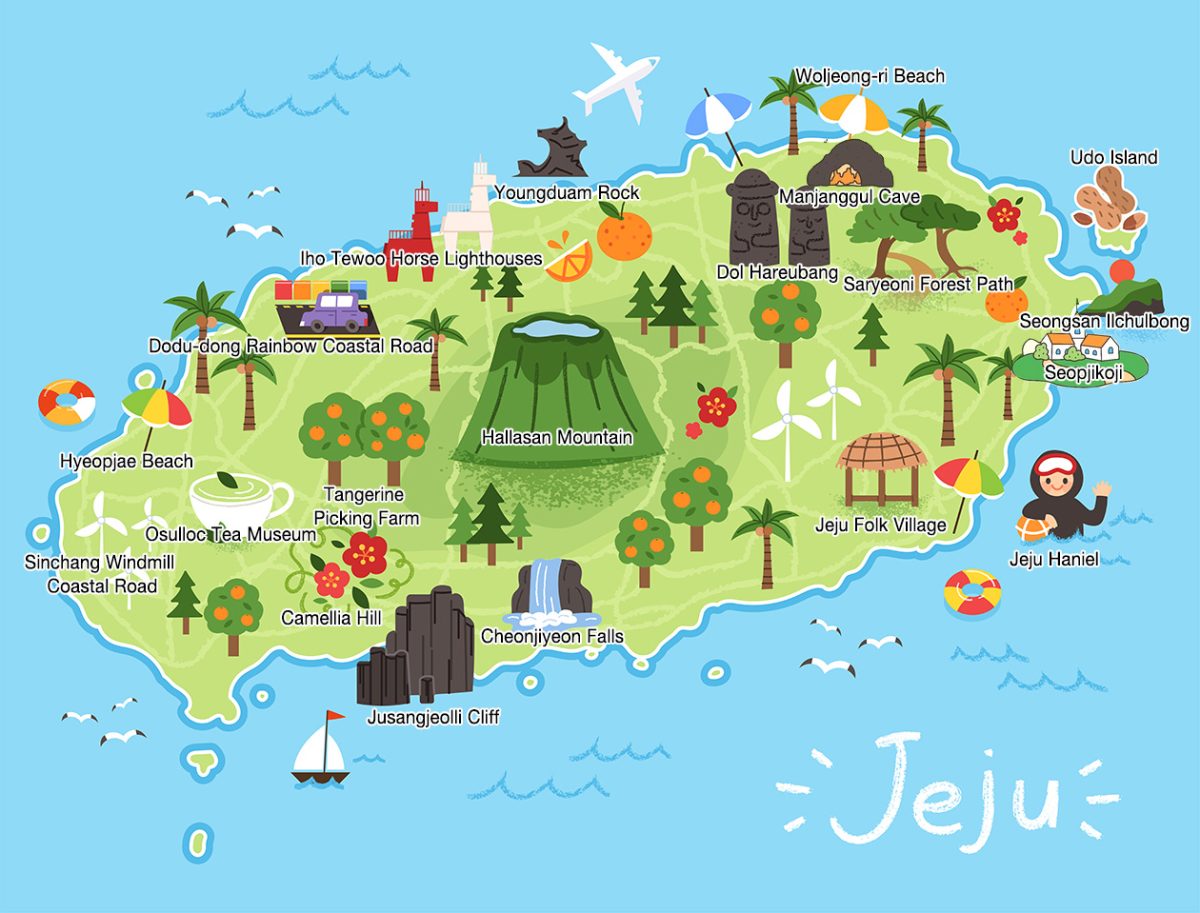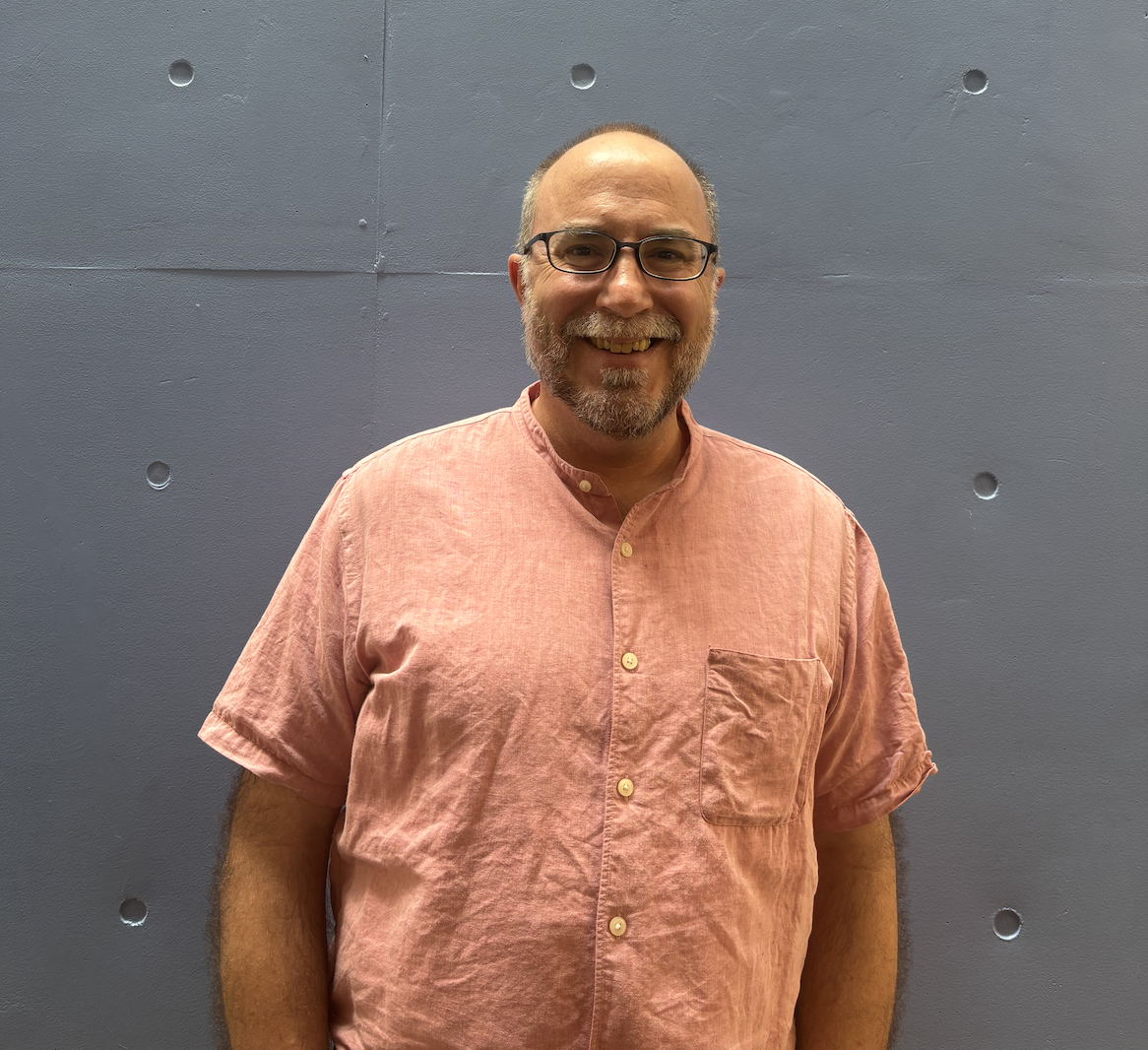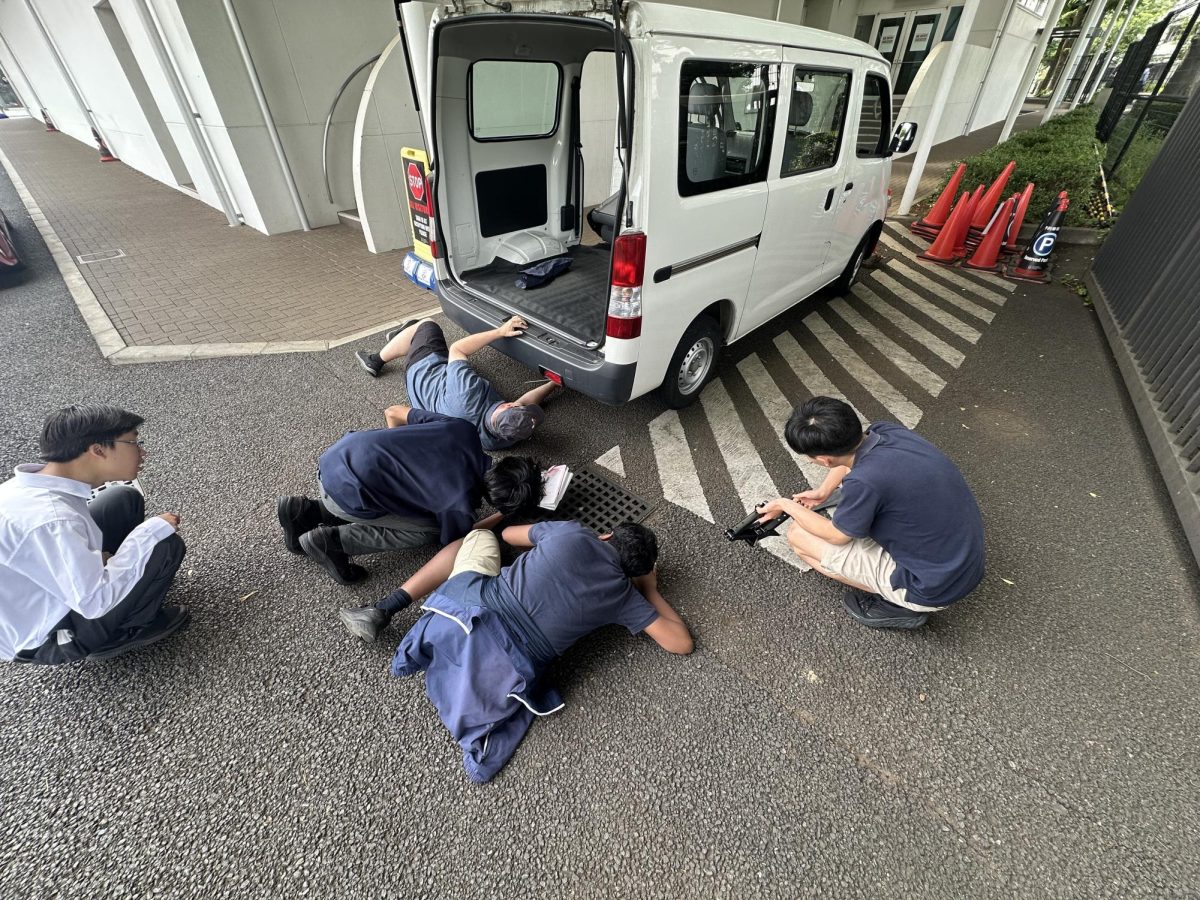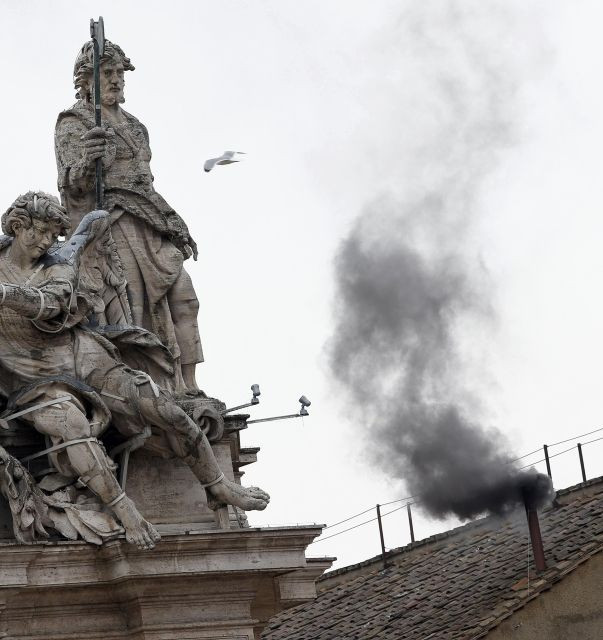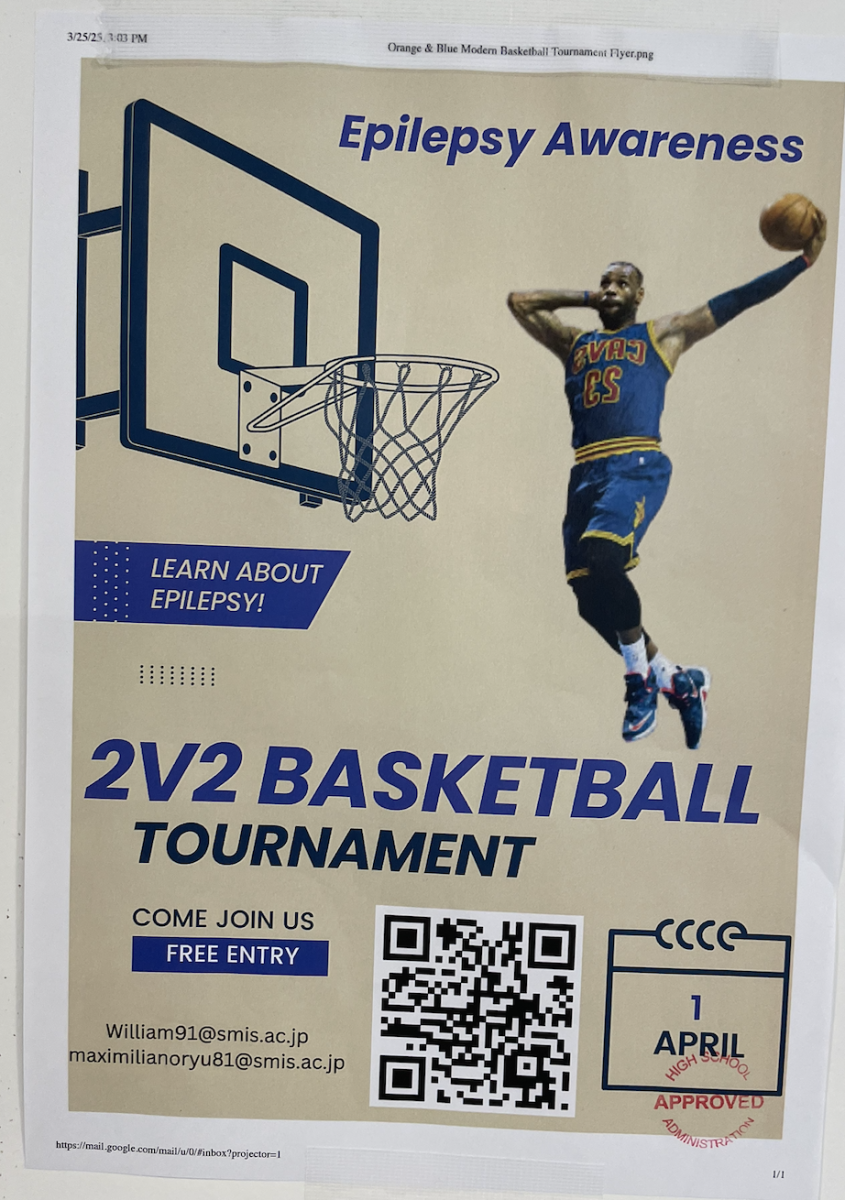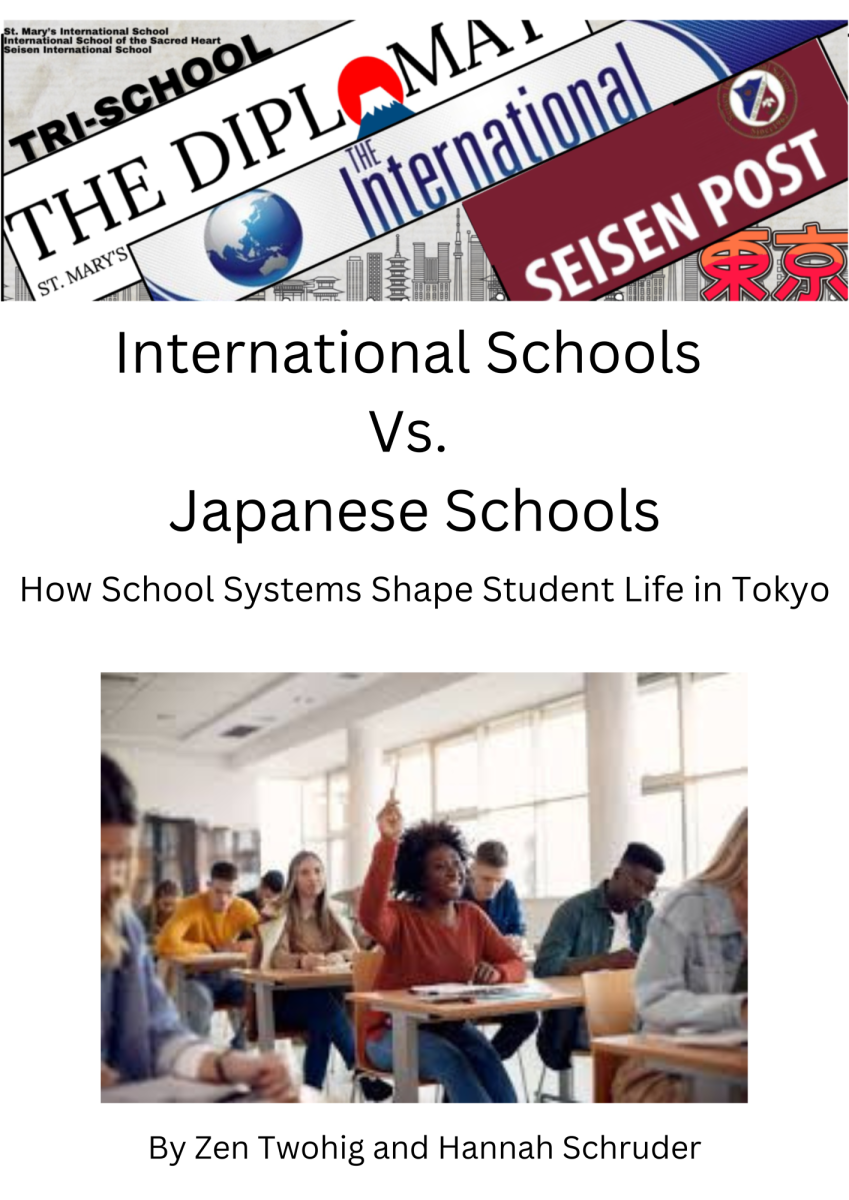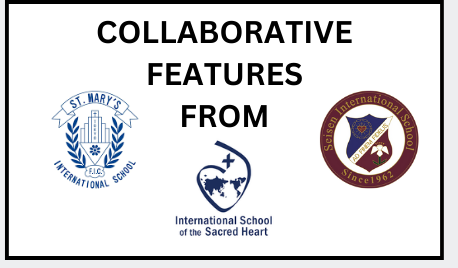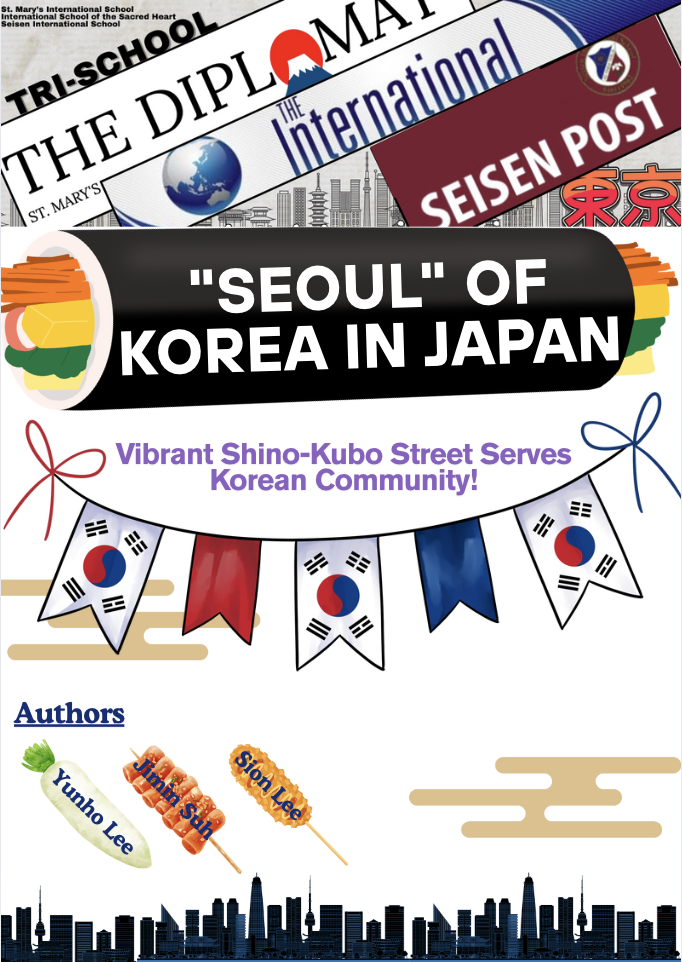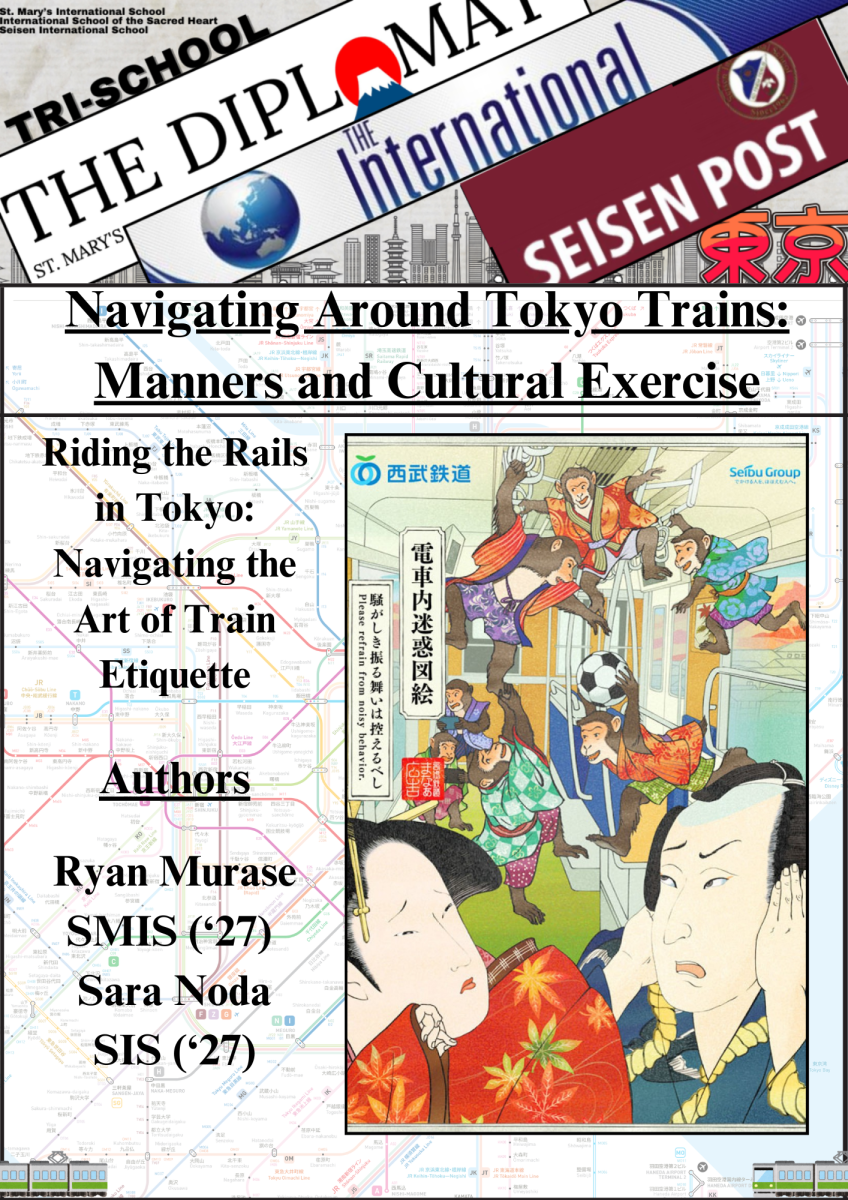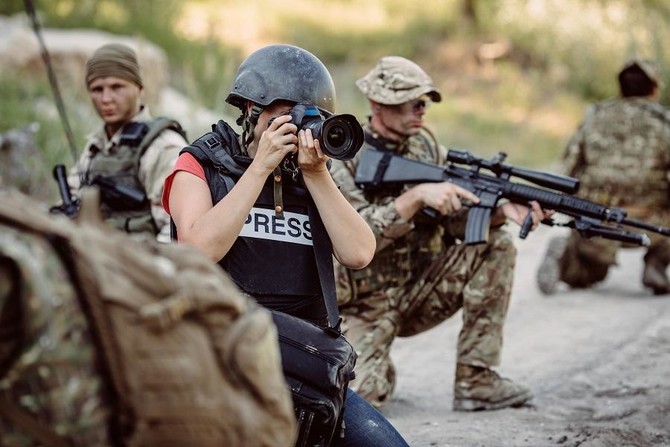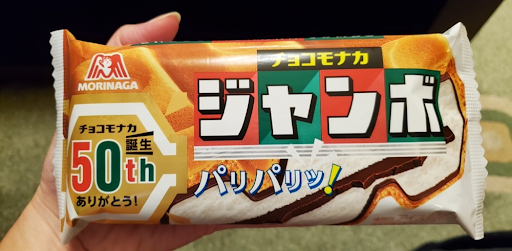It has become a common sight to see students file in and out of the Grade 8 English Classroom to do interviews, as recently, in St. Mary’s International School (SMIS), located in Tokyō, their teacher Mr. Andrew Kim has assigned a new project for them to complete, involving becoming investigative journalists and writing articles on their findings. According to the Global Investigative Journalism Network, investigative journalism is “the reporting, through one’s own initiative and work product, of matters important to readers, viewers, or listeners.” The project aimed to encourage the students to be stringent journalists, investigating the truth of an event through their interviews and reporting on the said event in both an informative and entertaining manner. It’s also unique in the sense that the investigative journalist project has raised expectations for the student, requiring them not only to be a good storyteller, but also to become detectives and researchers as well. “They take on many different roles that will help them in their future endeavors,” said Mr. Kim in an interview, “Whether it’s academic or just personal. I think it’s a really important skill set.” The assignment has sparked a renewed discussion amongst members of the St. Mary’s community on the current status of investigative journalism worldwide and how students could lend a helping hand to spread awareness of it.
To help students with their project, methods and techniques such as ‘MISO’ were introduced to assist them on their road to the pursuit of truth. The acronym stands for Media, Interviews, Surveys, and Observations, serving as a basis for students to emphasize personal research for articles. “Online information alone is not enough,” wrote an official handout to students written by Mr. Kim, “Rely heavily on what you can see, hear, and discover yourself. Media sources should only SUPPORT your findings, not be your primary source of information!” They were also required to report on local community events, whether it’d be at school or elsewhere, in order to gain access to topics they could directly research. Feedback has been overall positive amongst students when it comes to this assignment, even if some of the new rules were a bit foreign.
Unfortunately, it should be noted that many within the intellectual community fear that investigative journalism is on the brink of extinction. It has been proven useful in the past in revealing deep injustices and incidents in society and politics, exemplified in Nellie Bly’s undercover investigation on the US mental asylum system that revealed the poor conditions patients faced in the facilities and the reporting of the Watergate scandal, which led to Richard Nixon’s resignation. However, as statistics show, there has been a steady drop in interest in investigative journalism, especially in the US, where the largest audience for it is located. Newspaper readership, where most investigative journalism is found, has declined, with 2,200 American local print newspapers closing down since 2005, according to the Washington Post, as they were overtaken by large multimedia conglomerates. This has led to a decline of journalists at the local level, as, according to the Bureau of Labor Statistics, in January of 1990, 455,000 people were employed by newspapers. However, in March of 2016, only around 183,200 journalists remained. Global press freedom also continues to decline, with only 13% of the world enjoying a free press, according to Freedom House. The notion that news has become less honest and more corporatized over the past few years wasn’t an uncommon sentiment amongst readers and avid followers. “No democracy can survive long without an independent media,” claimed Mr. Douglas, another teacher at SMIS, in an e-mail, “Throughout history, dictatorships have closed newspapers and other journalistic outlets, or taken them over to control their messaging. People can not make informed decisions about their government, or understand their world without access to free and independent news.” The statistics and sentiments around the seemingly gradual decline of investigative journalism painted a picture of it on its deathbed.
However, around the world, groups of individuals have taken it upon themselves to contribute to a growing effort in reviving investigative journalism, and one place where this has been especially visible is none other than St. Mary’s International School. In the Tokyo-based educational institute, there is a growing number of people who are dedicated to preserving the increasingly rare art of investigative journalism. The Diplomat, a high school newspaper that has been running since the school’s founding in 1954 in both printed and online forms, often integrates it into their reporting, investigating local events, and rigorously following the basic tenets of investigative journalism. Mostly student-run and supervised by Mr. Douglas, many of its young journalists had also done the investigative journalism unit with Mr. Kim, and used a lot of the skills they learnt when crafting articles. “[It] is a school newspaper, so the focus is on things happening here at school. The issues are not life and death, but it does try to reflect what students care about—what they value, what they want to share, and issues that impact their lives,” explained Mr. Douglas in an e-mail, “As far as investigative work goes, students are developing the skill of asking questions, doing research, and supporting positions.” With the continuation of his promotion of investigative journalism, Mr. Kim hopes to contribute much more to the revival of investigative journalism, which becomes increasingly important in times when corporate interests and partisan bias seem to trump the natural human pursuit of truth. Only time will tell if this ripple will leave enough of an impact on his students.

